Hala Mirowska
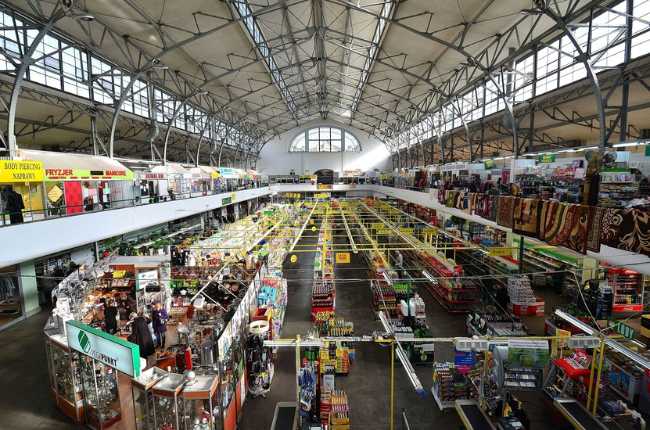
Hala Mirowska in central Warsaw is a living testament to the city's resilience and everyday vibrancy. Erected at the turn of the 20th century under Russian rule, this twin‑hall market endured wartime devastation, with walls scarred by bullets and fire but steadfast in structure. Reopened in the 1950s, its brick façades and steel‑frame interiors evoke both history and community continuity. Today, Hala Mirowska pulses with local life. Early mornings bring fresh produce—fruits, vegetables, dairy, meats—arriving straight from nearby farms. Flower stalls line the entrances, offering colorful bouquets for daily joy and traditions. Inside, old‑school shops and a supermarket stand shoulder to shoulder with small vendors, creating an authentic snapshot of Polish commerce and daily routine. Its twin, Hala Gwardii, once a sports hall and now a food and cultural space, complements Mirowska’s traditional charm. Together they form a historic complex rooted in everyday use. Weekend mornings are best for soaking up the market’s energy, mingling with locals, sampling regional cheeses or mushrooms, and exploring stalls that have served families for generations.
Warsaw PolandHala Mirowska, a bustling historic market hall, is centrally located at plac Mirowski 1, 00-137 Warsaw, Poland. This iconic complex, consisting of two impressive halls, stands as a testament to Warsaw's resilience and everyday life, offering a vibrant atmosphere filled with fresh produce, local goods, and various stalls. Its central position in the city makes it highly accessible and places it near several points of interest. Immediately surrounding Hala Mirowska are the remnants of the former ghetto wall, offering a poignant reminder of Warsaw's wartime history. A short stroll away leads to the Museum of the History of Polish Jews (POLIN Museum), a significant institution dedicated to a thousand years of Jewish life in Poland. The Palace of Culture and Science, a dominant landmark on Warsaw's skyline, is also within a reasonable walking distance, offering panoramic city views from its observation deck. The nearby Tomb of the Unknown Soldier in Saxon Garden, another solemn memorial, is also readily accessible. Hala Mirowska provides a unique opportunity to experience authentic Warsaw life while being conveniently located to explore both historical sites and modern city attractions.
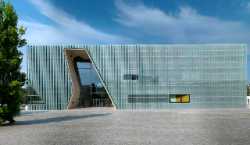 POLIN Museum of the History of Polish Jews
Warsaw
POLIN Museum of the History of Polish Jews
Warsaw
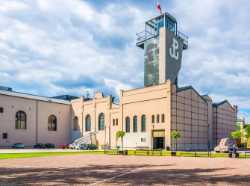 Warsaw Uprising Museum
Warsaw
Warsaw Uprising Museum
Warsaw
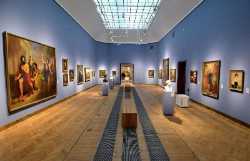 National Museum in Warsaw
Warsaw
National Museum in Warsaw
Warsaw
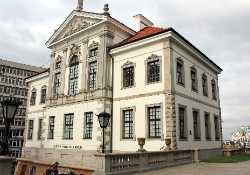 Fryderyk Chopin Museum
Warsaw
Fryderyk Chopin Museum
Warsaw
 Museum of Modern Art
Warsaw
Museum of Modern Art
Warsaw
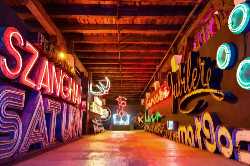 Neon Museum Warsaw
Warsaw
Neon Museum Warsaw
Warsaw
 Museum of Warsaw
Warsaw
Museum of Warsaw
Warsaw
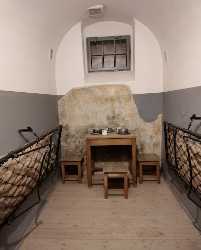 Pawiak Prison Museum
Warsaw
Pawiak Prison Museum
Warsaw
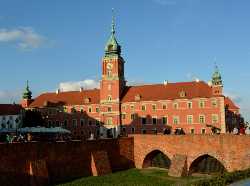 Royal Castle in Warsaw
Warsaw
Royal Castle in Warsaw
Warsaw
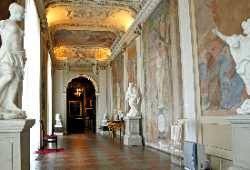 Wilanów Palace
Warsaw
Wilanów Palace
Warsaw
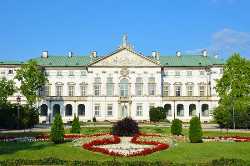 Krasiński Palace
Warsaw
Krasiński Palace
Warsaw
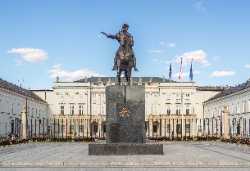 Presidential Palace Warsaw
Warsaw
Presidential Palace Warsaw
Warsaw
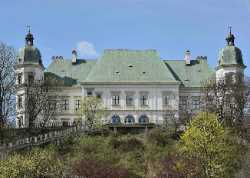 Ujazdów Castle
Warsaw
Ujazdów Castle
Warsaw
 Branicki Palace
Warsaw
Branicki Palace
Warsaw
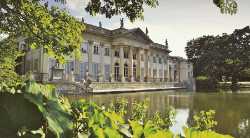 Łazienki Park
Warsaw
Łazienki Park
Warsaw
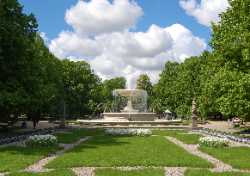 Saxon Garden
Warsaw
Saxon Garden
Warsaw
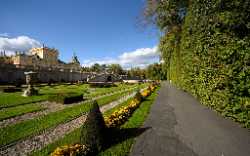 Wilanów Park
Warsaw
Wilanów Park
Warsaw
 Mokotów Field
Warsaw
Mokotów Field
Warsaw
 Skaryszewski Park
Warsaw
Skaryszewski Park
Warsaw
 Botanical Garden of the University of Warsaw
Warsaw
Botanical Garden of the University of Warsaw
Warsaw
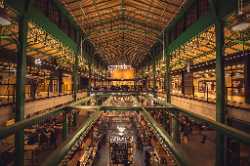 Hala Koszyki
Warsaw
Hala Koszyki
Warsaw
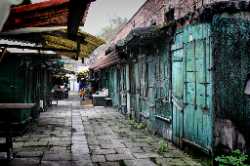 Bazar Różyckiego
Warsaw
Bazar Różyckiego
Warsaw
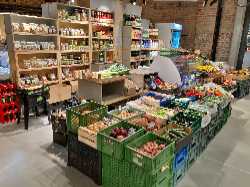 BioBazar
Warsaw
BioBazar
Warsaw
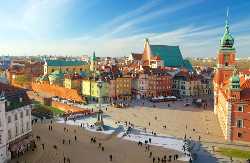 Castle Square
Warsaw
Castle Square
Warsaw
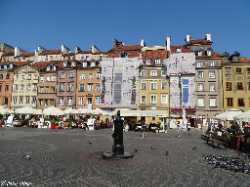 Rynek Starego Miasta
Warsaw
Rynek Starego Miasta
Warsaw
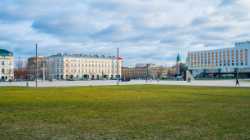 Piłsudski Square
Warsaw
Piłsudski Square
Warsaw
 Three Crosses Square
Warsaw
Three Crosses Square
Warsaw
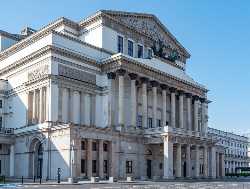 Grand Theatre
Warsaw
Grand Theatre
Warsaw
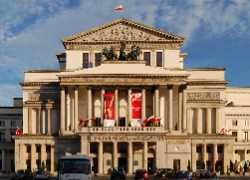 Warsaw National Theatre
Warsaw
Warsaw National Theatre
Warsaw
 Teatr Polski
Warsaw
Teatr Polski
Warsaw
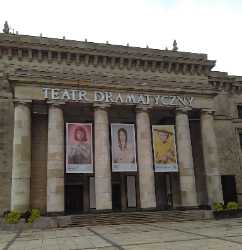 Dramatic Theatre
Warsaw
Dramatic Theatre
Warsaw
 Studio Theatre
Warsaw
Studio Theatre
Warsaw
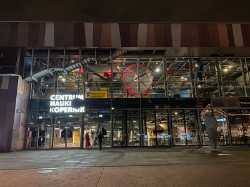 Copernicus Science Centre
Warsaw
Copernicus Science Centre
Warsaw
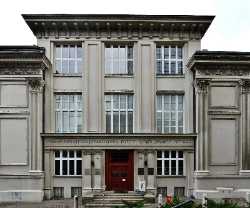 Jewish Historical Institute
Warsaw
Jewish Historical Institute
Warsaw
 Katyń Museum
Warsaw
Katyń Museum
Warsaw
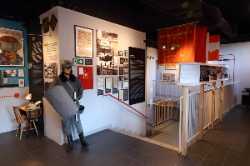 Museum of Life under Communism
Warsaw
Museum of Life under Communism
Warsaw
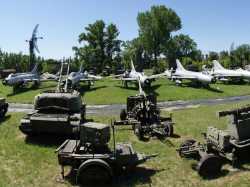 Polish Army Museum
Warsaw
Polish Army Museum
Warsaw
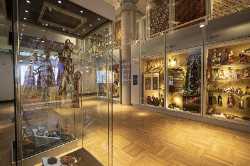 National Museum of Ethnography
Warsaw
National Museum of Ethnography
Warsaw
 Museum of Caricature
Warsaw
Museum of Caricature
Warsaw
 Zacheta
Warsaw
Zacheta
Warsaw
 Legia Warsaw Museum
Warsaw
Legia Warsaw Museum
Warsaw
 Raster Gallery
Warsaw
Raster Gallery
Warsaw
 Foksal Gallery
Warsaw
Foksal Gallery
Warsaw
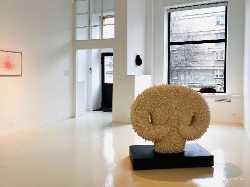 LETO Gallery
Warsaw
LETO Gallery
Warsaw
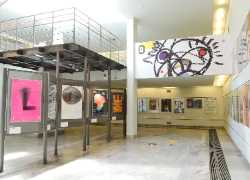 Polish Poster Gallery
Warsaw
Polish Poster Gallery
Warsaw
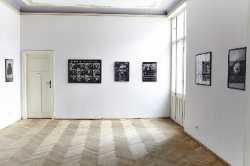 lokal_30
Warsaw
lokal_30
Warsaw
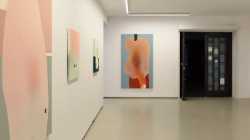 Monopol Gallery
Warsaw
Monopol Gallery
Warsaw
 Galeria Asymetria
Warsaw
Galeria Asymetria
Warsaw
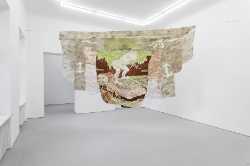 Wschód Gallery
Warsaw
Wschód Gallery
Warsaw
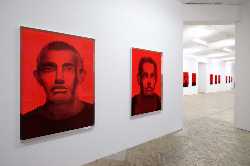 Piktogram Gallery
Warsaw
Piktogram Gallery
Warsaw
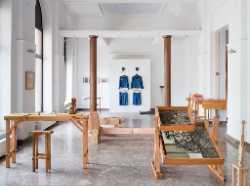 Polana Institute
Warsaw
Polana Institute
Warsaw
 Salon Akademii
Warsaw
Salon Akademii
Warsaw
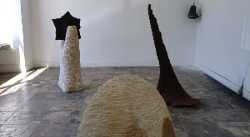 Galeria XX1
Warsaw
Galeria XX1
Warsaw
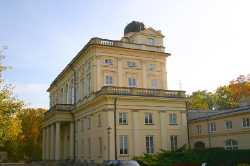 Warsaw University Observatory
Warsaw
Warsaw University Observatory
Warsaw